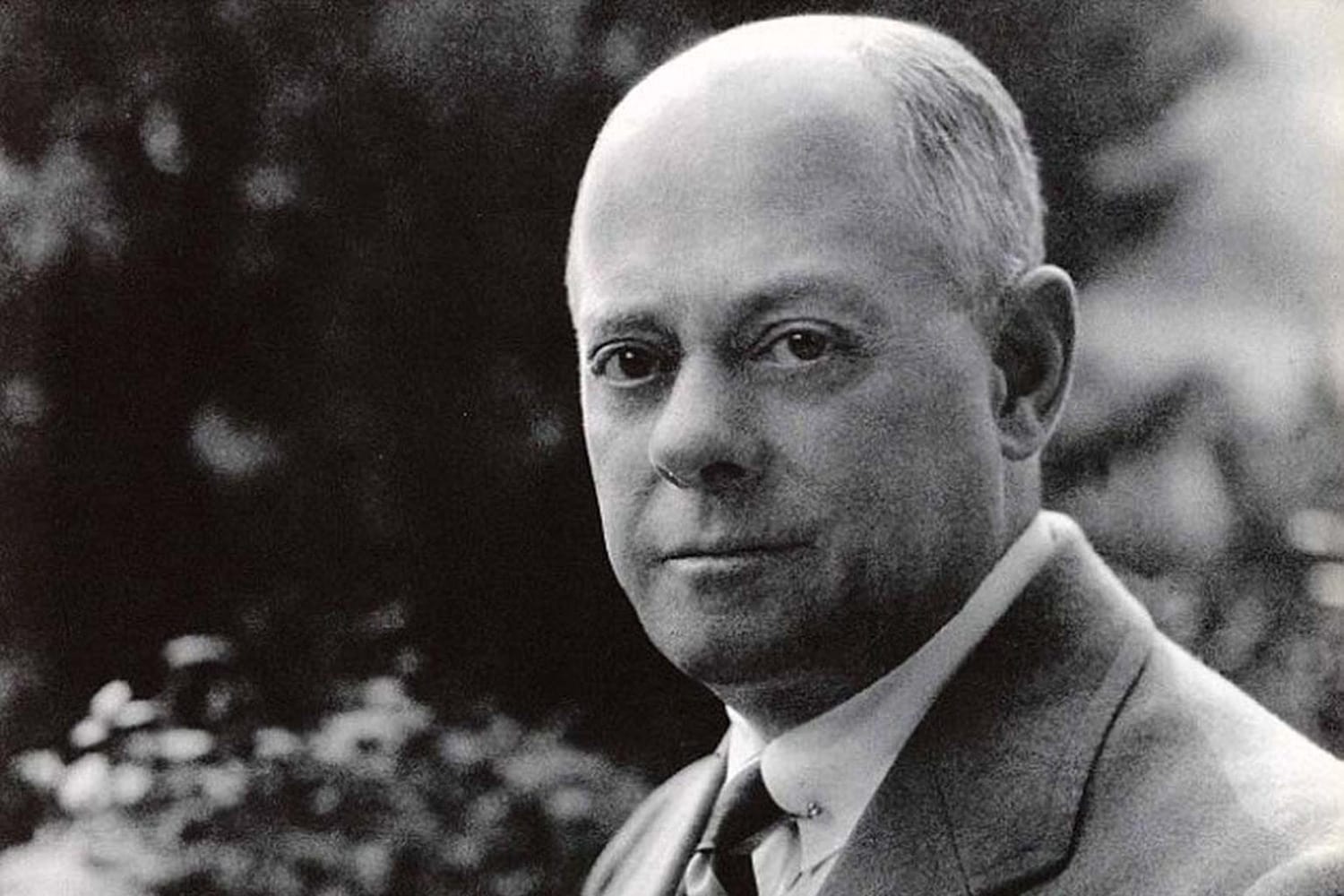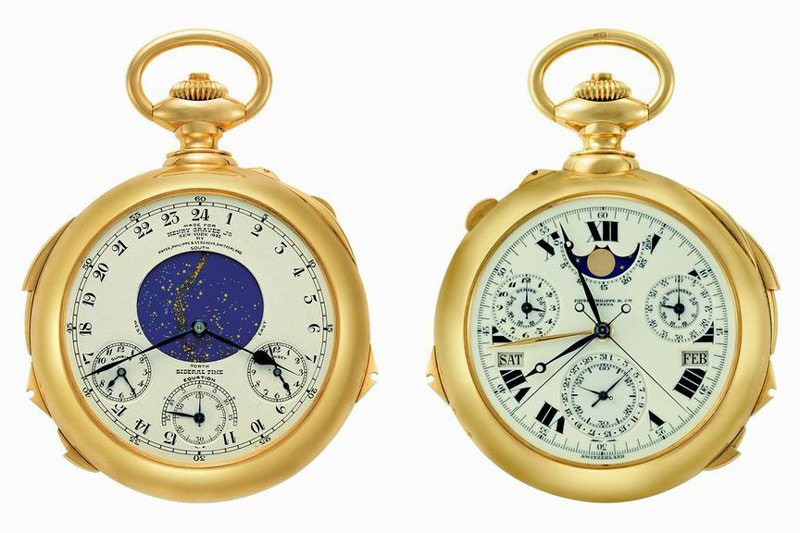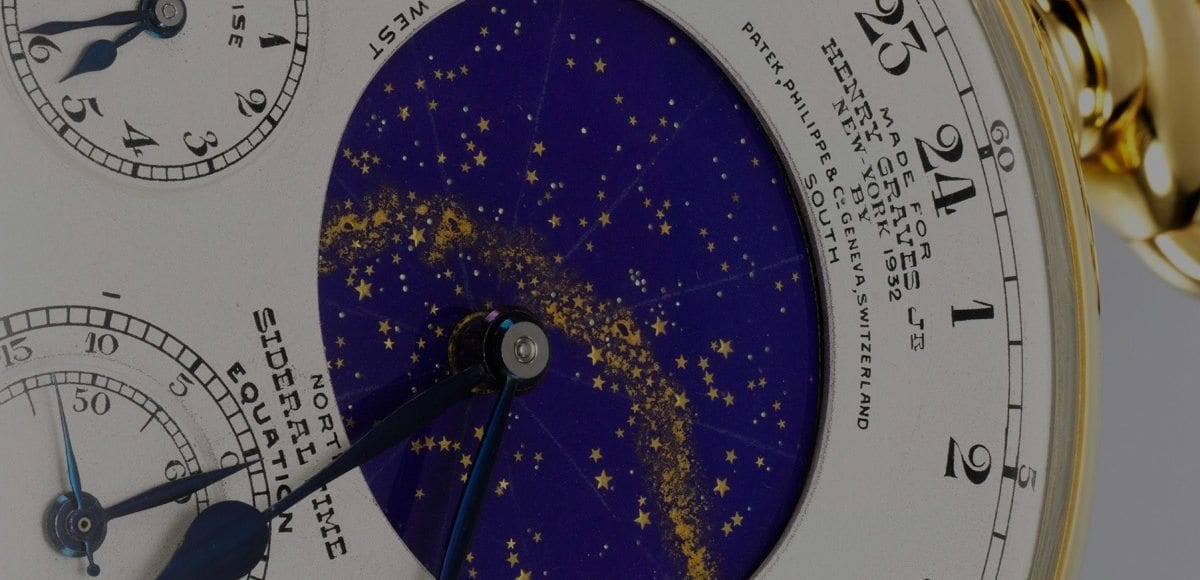The name Henry Graves, Jr. is one that inspires a great deal of awe among watch collectors. And for Patek Philippe, he’s a savior.
Graves, a wealthy American banker of the late 19th/early 20th century, had obsessions with several high-ticket items—think boats, art, real estate. But watches were his true passion. Specifically, Patek Philippe watches. Graves became a patron of the watchmaker as the age of great watchmaking was coming to an end, and over 40 years, amassed a collection of some of the most complex timepieces ever made.

Henry Graves, Jr.
The Supercomplication
One of these watches, the Supercomplication, became the “holy grail” of timepieces. Commissioned in 1925 and delivered in 1933, the pocket watch has 920 individual parts, 24 separate functions, and two dials. It took three years to design, and another five years to manufacture—making it the most complicated watch ever made at the time. Graves ultimately paid $15,000 (adjusted for inflation: $202,000) for the privilege. (For more info on the watch, read on.)

Both sides of the Supercomplication
When Graves died in 1953, the watch passed to his daughter and then to his grandson, who shared Graves’ passion for watches. The family sold the watch in 1969 to The Time Museum in Rockford, Illinois. When the museum closed in 1999, the Supercomplication went to auction and sold for $11 million to the Qatari Royal Family. They then turned around in 2014 and sold the watch through Sotheby’s at $24 million to an anonymous collector.
While it may no longer be the most complicated watch in existence (surpassed by Patek Philippe’s Calibre 89 and Vacheron Constantin’s 57260), the Supercomplication holds a significant place in watch history. The watch hasn’t been serviced since 1969, and it still runs perfectly. And it still holds the record for the expensive watch ever sold.
Saving Patek Philippe
Graves never spoke publicly about his collection, although he did wind his watches daily until the end of his life. His obsession with complex timepieces was a saving grace for Patek Philippe.
During the 1920’s, the watchmaker struggled to remain afloat, and Graves’ patronage kept the doors open. Arguably some of Patek’s best work came out of this period, thanks to the patronage of Henry Graves and his rival James Ward Packard. With their funding, the company was free to test the limits of technical sophistication. Who knows if Patek Philippe would have survived without them?
Editor’s Note: This article was originally published on June 15, 2012. We have updated it for clarity.
Image Credits: Header; Lux Exposé. 1; Wikimedia Commons. 2; Sotheby’s.
Get More Articles Like This in Your Inbox
We're constantly creating great content like this. So, why not get it delivered directly to your inbox? By subscribing you agree to our Privacy Policy but you can unsubscribe at any time.






